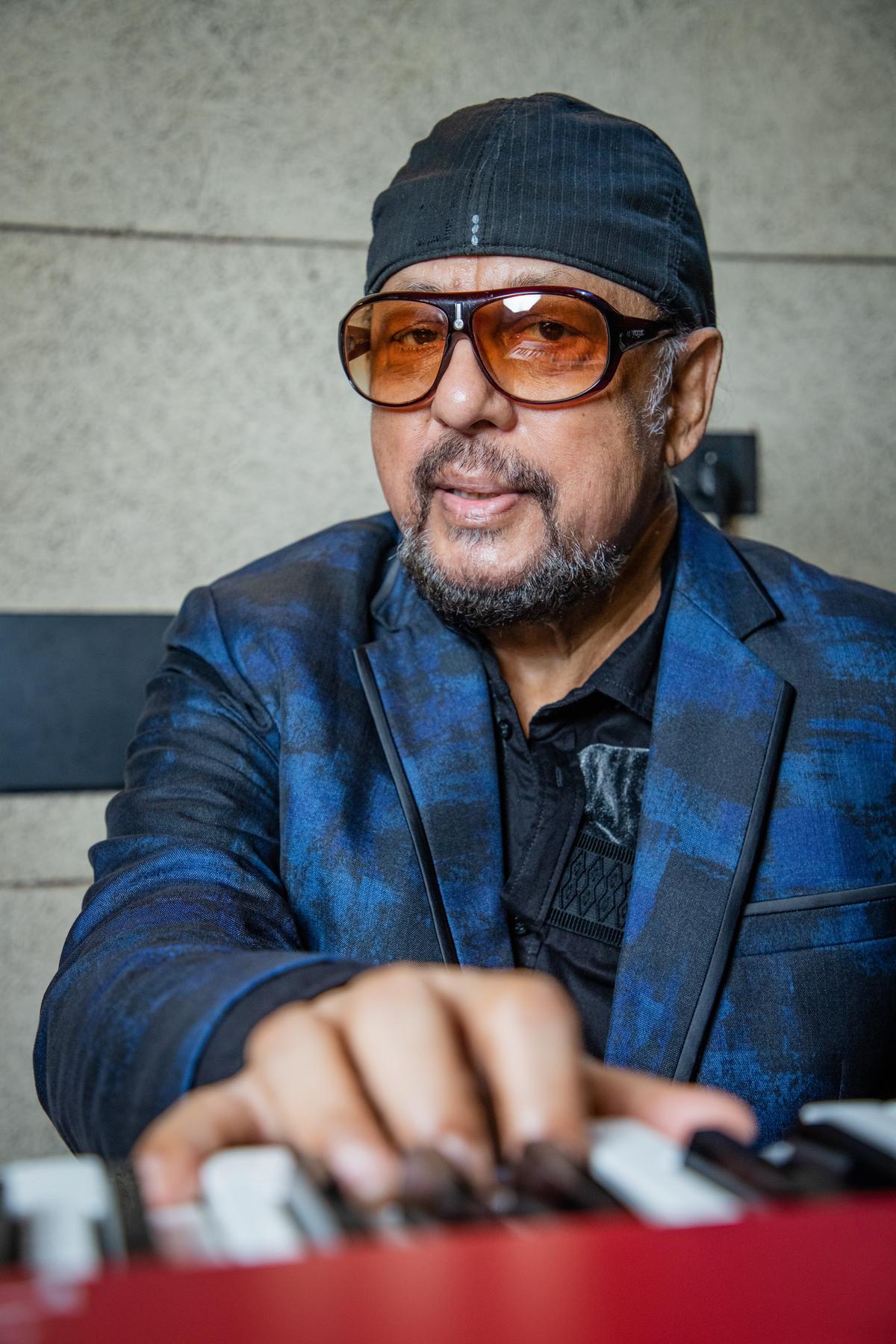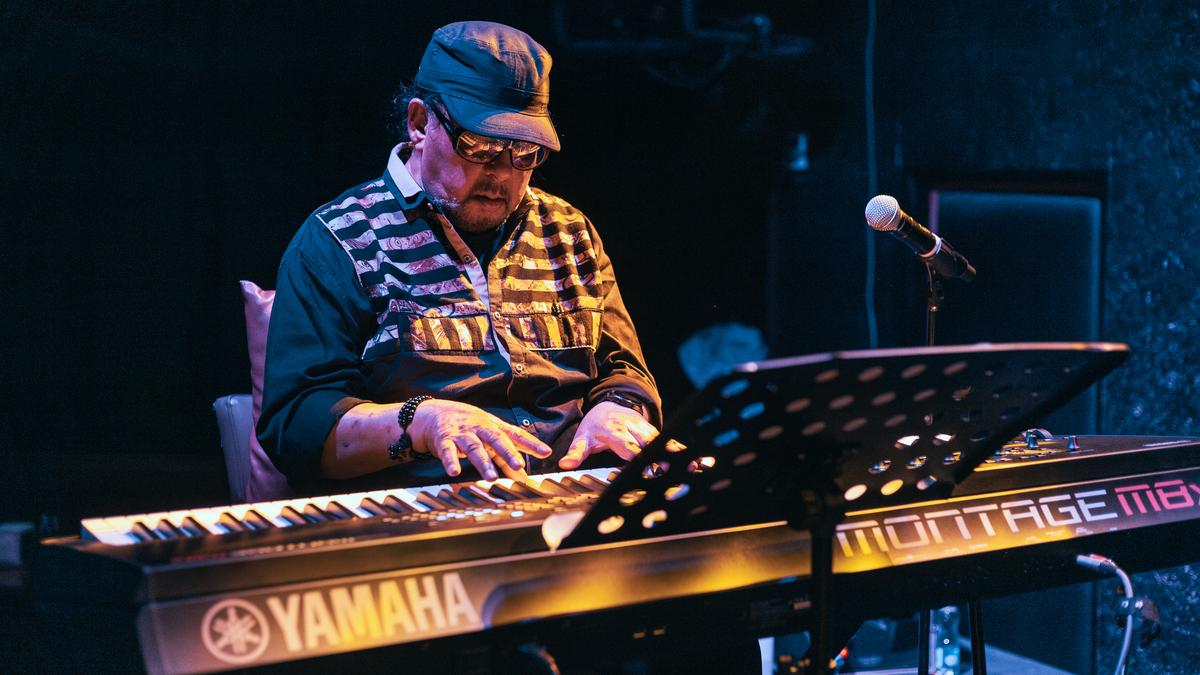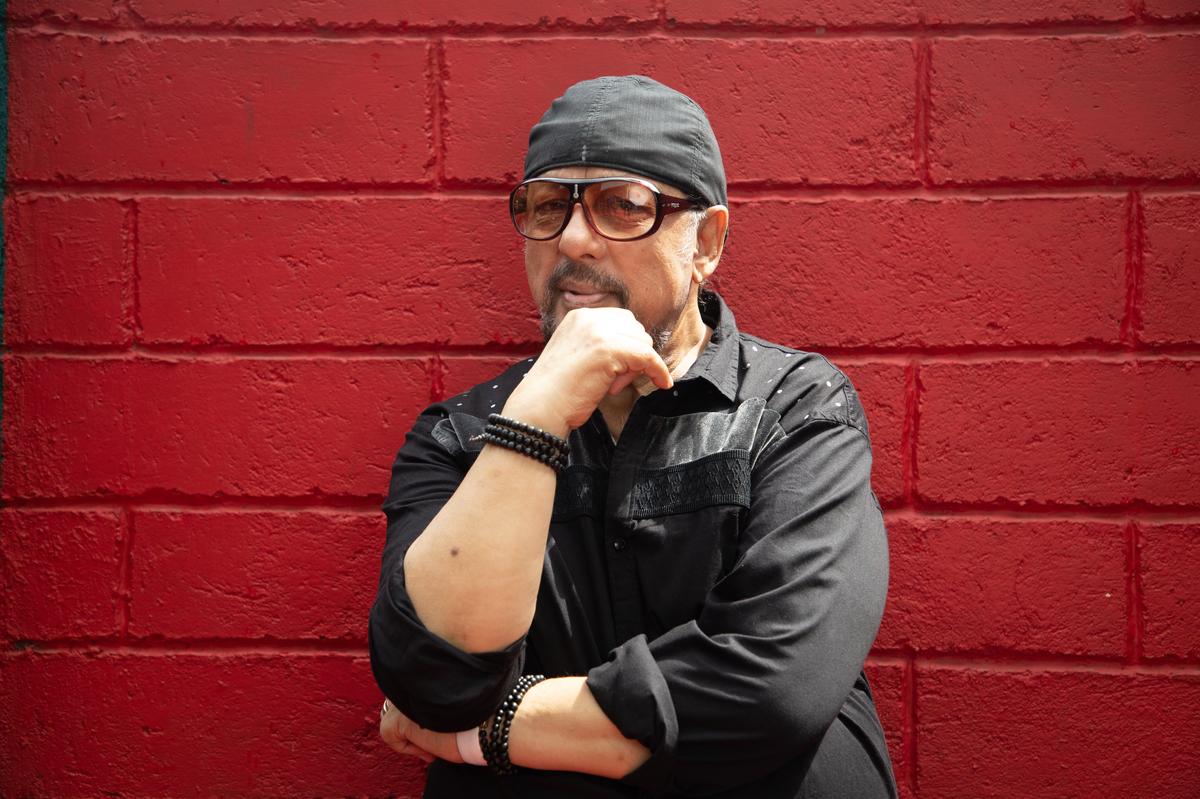In India, jazz music traces its roots to the ritzy hotels of port cities where it regaled the country’s elite in the early 1920s. That is quite a detour from the genre’s origin in New Orleans by the African-American community for whom it was symbolic of the cultural protest showcasing their creative prowess and yet the denial of opportunities. This paradox adds an interesting dimension to the evolution of jazz in India, from uppity, classist quarters to Bollywood and now in a digital space. The one name that stands witness to the musical genre’s transitional journey in India is Louiz Banks, who, by the dint of sheer talent, earned the title Godfather of Indian Jazz and has shared the stage with the country’s iconic musicians like director and singer RD Burman and sitar virtuoso Ravi Shankar.
In his mid-80s now, Louiz continues to perform. His upcoming concert is part of the jazz series hosted by an ongoing, eight-month cultural partnership between New Orleans & Company (the official destination-marketing organisation for New Orleans, Louisiana) and The Piano Man, Eldeco Centre, in New Delhi. Ahead of his show, Louiz talks about all that jazz is, was and will be.

Louiz has shared the stage with the country’s iconic musicians like director and singer RD Burman and sitar virtuoso Ravi Shankar
| Photo Credit:
Special arrangement
“In today’s world, India’s jazz scene is part of a broader independent expression movement. Jazz’s freedom and improvisation appeal to indie artistes, who blend influences like R&B and electronic music, embracing jazz’s risk-taking spirit,” he begins. He is not just cognisant of Internet’s impact on music, which now allows a more decentralised space for artistes looking for platforms to be heard and makes songs and artists more accessible to a wider audience, but is also accepting of the changes. He has, after all, witnessed the boom of labels and indie artistes in the mighty 90s and the Noughties. Before that, he composed the tunes to the venerated Mile Sur Mera Tumhara, in 1988, a short film on national integration for Doordarshan — India’s sole broadcaster at the time.
Keeping with times
“Digitisation has revolutionised jazz and music sharing and discovery. Initially, jazz records were scarce and valuable. Today, the internet enables a young listener in a small Indian town to instantly hear Miles Davis, Shakti, or a new Indian jazz quartet. The Internet democratised access, allowed independent musicians to release their work, and created global audiences. The challenge is to stand out amidst the noise, but the opportunity is immense,” he says.

Louiz moves with the times and that makes him relevant and relatable. In 2024, he released the album Jazz Standards and is now working on another project
| Photo Credit:
Special arrangement
Louiz moves with the times and that makes him relevant and relatable. In 2024, he released the album Jazz Standards and is now working on another project, “a series of live videos at Island City Studios, featuring the Matrixx Quartet: Gino Banks, Sheldon D’Silva, and Rhythm Shaw”. He calls Matrixx his “dream band” and “a perfect blend of modern Indian jazz”. “After working with many musicians, I wanted a group that could really bring my compositions and improvisation to life. The name Matrixx represents all the different musical styles that come together — like different matrices of sound, rhythm, and harmony,” he explains of the band that has his son Gino on the drums. “We practised a lot, mixing hard-swinging jazz, Indian influences, and a modern fusion vibe.”
Indianising jazz

Louiz notes that Indian jazz transcends tabla and ghatam, incorporating ragas, tala, phrasing, ornamentation and dialogue
| Photo Credit:
Special arrangement
Speaking of jazz’s interactions with Indian soundscapes, he notes that Indian jazz transcends tabla and ghatam, incorporating ragas, tala, phrasing, ornamentation and dialogue. “It encompasses both, classical and folk music; folk offers rawness and rhythm, while classical provides depth and structure. The key is to preserve jazz’s spirit — improvisation, conversation, individuality and freedom. When incorporating Indian elements, it’s crucial to avoid ornamentation and ensure meaningful expression. That, to me, is true Indian jazz,” he signs off, hoping that film composers will “embrace jazz directly” and eager to see more collaborations where jazz “gains depth from other traditions without losing its essence”.
The concert will be held at The Piano Man, Eldeco Centre on Sunday, 8pm onwards. Tickets start at ₹1,499 on thepianoman.in.
Published – August 29, 2025 04:56 pm IST






















